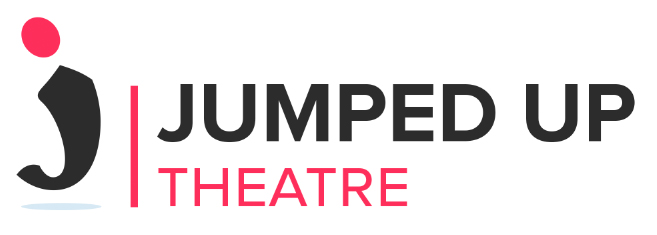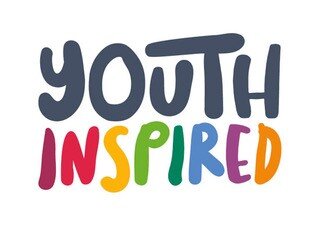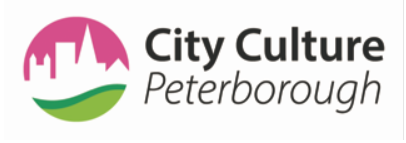To know your practise is to know yourself, and it is through exploring the world and our inner selves we grow a deeper understanding of what makes us who we are, and the direction we want to grow in. Here are some of the things that I have experienced and engage with to connect with myself and my journey:
Step 1:
Give yourself permission to say yes to every opportunity that comes your way. Sometimes these opportunities seem unrelated to what we usually engage in or where we imagine ourselves going. Sometimes they present themselves as a rejection or a redirection. But it is in these spaces that we form and entrench the boundaries of our identity.
These boundaries can further become entrenched or completely change, so no matter what stage you are at, say yes! Challenge yourself to commit to each opportunity that comes your way over the next fortnight. Who knows what your opportunities could lead to…
Step 2:
I’ve crossed paths with and had conversations with a range of different professionals and experts, from poets and painters to mental health practitioners and the city’s MP. Each conversation felt like a door in Alice and Wonderland as the exposure to different perspectives and lived experiences collated in my mind like an encyclopaedia.
What’s most important is the way these conversations can shape you as a person and consequently your practise. As time has gone on, I have found myself referring back to these engagements, whether it’s to refresh my perspective or to re-navigate myself.
Step 3:
By retreat I don’t mean you have to splash out on a trip to the Mediterranean for a week of mediating (though that would be lovely!) but it’s amazing how powerful submerging yourself in the grace of nature can allow you connect with yourself. Really allow yourself to be present and use each of your senses to observe your surroundings.
Remember, connecting with yourself can look different to different people, so go with an open mind and see what surfaces. Which thoughts can you hear?... which sensations do you feel in your body?... This exercise can be used to create a sense of grounding or maybe to inspire some creativity.
Step 4:
My belief is that everyone is a writer – all you need to qualify is to do it! The focus here is to really make a moment for yourself with a pen. There are no pressures or expectations either, this task is all about using words as a tool to release, reveal and explore. Journaling can be a great way of reflecting, whether you are logging your day in a blank notebook or completing a prompted self-reflection book.
Alternatively, I have included some examples of writing activities below with descriptions for you to have a go:
Brain Dumping – Time yourself for 3 minutes and ‘free write’. This means letting whatever comes to mind flow onto the paper and that can be in the form of words, phrases, or sentences. The exercise is helpful in clearing your mind and creating a sense of ‘recalibration’.
Letter Writing – As the title suggests, this activity involves writing a letter! This letter could be to anyone or anything, depending on the purpose. For example, maybe you have some pent-up feelings about a place or a person – write it all out in this letter and really allow yourself to be honest! You don’t need to consider the lines too much as it is YOUR space and no one else needs to see it. Alternatively, maybe there is someone you look up to or aim to be like. What would you say or ask that person? Is there a way of finding out the answers to those questions yourself? What do these thoughts and questions reveal about you?...
Objectify – The aim of this activity is to think about your qualities in a creative way, it might even reveal things you didn’t consider about yourself. Your writing in this task can be as detailed as you like! To begin, choose an object around you. Take a good look at it and think about its characteristics. Consider how you would imagine it if it were human. For example, if it is a hard object you might consider it as a tough person. You can develop this as far as you like – if it is ceramic, you may decide that although it would be tough, once it reaches breaking point it shatters and breaks down. Now, compare these features and qualities to you. What are your similarities and differences? Is it something you would be-friend?...
If I were a hero – This is where you get to live your fantasy. Your task is to write a description about yourself as a superhero character – your imagination is your limit! Which power or powers would you have? How did you attain them? What would you do with them? Who would your villain be and would you fight them? Would you work alone or with others? Looking back at your description, are there any parallels between you as this character and your real-life experiences? Does it reveal anything about your goals or aims? Maybe your villain reveals something that feels like a limitation?...
Timelining – Creating a timeline of your life can be a great way of ‘stepping outside the box’ and really understanding your journey. The way you do this is entirely up to you, whether it’s on a page inside a journal or using ‘post-it’s on your wall. You may want to focus on your entire life or zoom in on a section of it. When you look at your timeline how do you feel about how far you have come? Does anything stand out to you about it? How have your values and perspectives developed?...
Feel free to use the question below as a prompt to reflect on this creative piece. If you would like to share your reflection, you can click through on the question to our open sharing page.
With thanks to our partners and funders:








